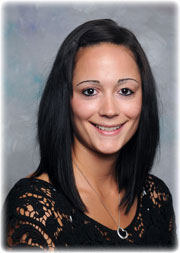Classroom
We started off the month of March talking about Dr. Seuss and Eric Carle. The children loved coming to school dressed up with their hats, silly socks, and wockets in their pockets! We enjoyed reading Green Eggs and Ham and watching the students cringe as they tried their first bite of their very own green eggs and ham.
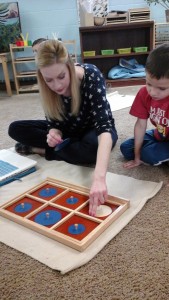
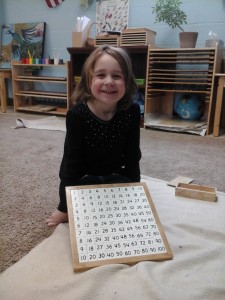
The second week of March we learned all about insects. The children learned how to identify animals belonging in the insect category and those that do not. They learned the main parts of an insect and the preschoolers made a beautiful diagram to display in the classroom.
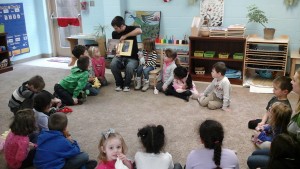
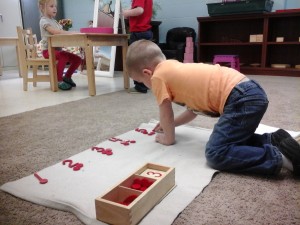
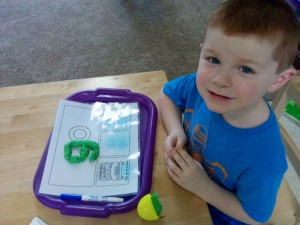
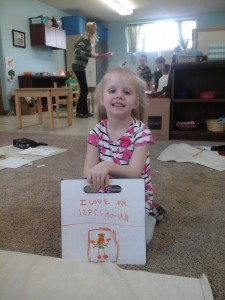
For the third week of March we talked about plants and flowers. The children discovered the four elements needed to grow a plant soil, seeds, sun and water. They also learned the word photosynthesis! We planted flowers to watch grow in the classroom.
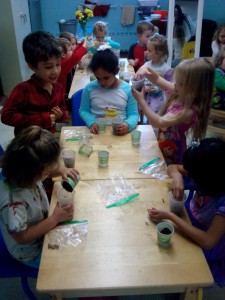
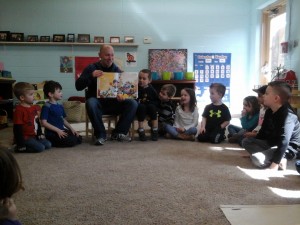
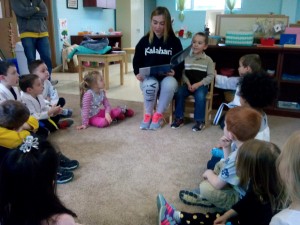
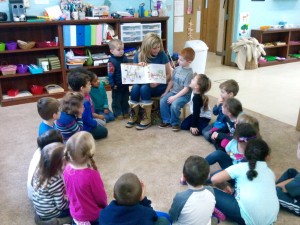
The last week of March we talked about butterflies and caterpillars. Students had a blast learning about how butterflies go through stages of growth and change called a life cycle.
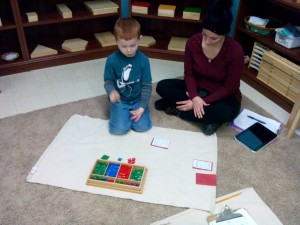
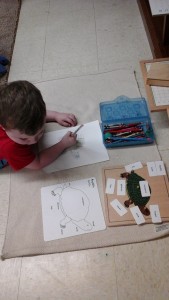
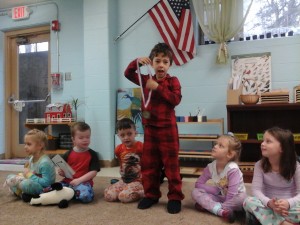
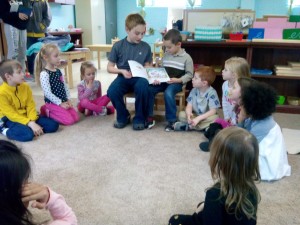
I hope everyone enjoyed their spring break and is ready to get back into the swing of things!
Kindergarten
The kindergartners started their grammar unit by learning their five vowels and what isn’t a vowel is a consonant. We learned a fun song to the tune of BINGO there are five letters that I know and vowel are their name O’s A,E,I,O,U A,E,I,O,U A,E,I,O,U and vowels are their name O’s. Then we looked at noun and verbs. Nouns are people, places, and things. Verbs are action words or something you can do. We also learned that there are three articles, a, an, the. We learned that “a” hooks up with consonants, “an” is very picky and only hooks up with vowels. And “the” is not picky at all and hooks up with anything!
Science
For the first week of March we made our own oobleck. Oobleck is a non-newtonian fluid; it has properties of both liquids and solids. We learned that we can slowly dip our hands into it like a liquid, but if we squeezed it it felt solid. The name oobleck comes from the Dr. Seuss book, “Bartholomew and the Oobleck.”
The second week of March we made a hoover craft using a CD, balloon and water bottle cap. The air flow created by the balloon caused a cushion of moving air between the disc and the surface of the table. This made the CD lift and reduced the friction which allowed the disc to hover freely over the table.
The last two weeks of March we talked about how in every seed there is a tiny plant and food to help it grow. Using paper towels and plastic bags we germinated bean seeds. The children learned that when a seed first starts to grow it is called germination. The kids learned that germination can be done without soil. After we germinated our bean seeds and saw the seedlings we planted them in soil.
Art
By: Ms. Faith
We continued our journey through different cultures and places this month with Ms. Michele. The students learned about India and the tradition of henna tattoos. Henna is made from a spice, turmeric, and is used to draw temporary intricate designs and patterns on the skin for celebrations and special occasions. Ms. Michele showed us a video demonstration of someone drawing a henna tattoo. The week before the students got to trace their hands into clay and cut out the shape to make a replica of their hands. After seeing the video, the students were able to use markers to draw designs and patterns on their clay hands to look like the henna tattoo in the video. After learning about this Indian tradition, the students were introduced to an American Indian tradition of weaving. Ms. Michele showed the students a video of how Navajo Indians sheer sheep and use the wool to make yarn. It then showed a lady using a loom to weave a blanket. Ms. Michele made little looms out of popsicle sticks and string for the students to weave with yarn of their choosing. I know the children will be excited to see what cultures we’ll be learning about next month leading up to our International Festival.
Music
By: Ms. Faith
To start off March, Ms. Lisa reviewed the characters and instruments of Peter and the Wolf. The students had to remember the instruments by listening to them and the got to pretend to play that specific instrument. Then, they had to remember what character the instrument represented and it’s song and got to pretend to be that character. The students enjoyed acting like the characters from the story. Ms. Lisa introduced the musical terms of staccato and legato to the class. Staccato are notes that are played short and quickly and legato are notes that are played smoothly and connected. The students got to dance to music with scarves while listening to a song that played staccato and legato notes. The group quickly picked up on what movements to use when they heard the notes being played staccato. They jumped and skipped around moving their scarves in this manner as well. When the song started playing legato, they would twirl and danced slower and moved their scarves around in a flowing motion. Another activity that Ms. Lisa shared with the students is one of their favorites, a game called Cat and Mouse. One student is the cat and the rest of the students are the mice. When Ms. Lisa plays a song on her piano using high notes, the mice have to move into the “house” to get the cheese, then when she plays the song in low notes the cat has to move into the “house” and try to tag as many mice as he/she can. When mouse is tagged, he/she becomes a mouse as well. The game continues until one mouse remains untagged. This game is a great way for the students to recognize high and low notes while having fun. We look forward to our next music lesson!

